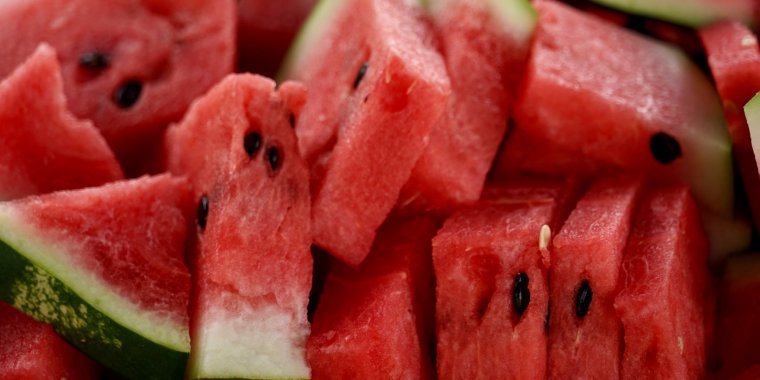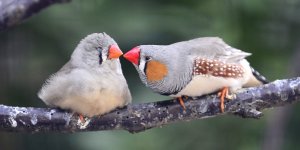| News / Science News |
Harvesting genes to improve watermelons
When many people think of watermelons, they think of cultivated watermelons with the sweet, juicy red fruit enjoyed around the world -- Citrullus lanatus. Indeed, watermelon is one of the world’s most popular fruits. But there are six other wild species of watermelon, all of which, however, have pale, hard and bitter fruits.

Capturing the genetic diversity of watermelons can help plant breeders improve the domestic fruit. Photo: Floh Maier/Unsplash
Researchers have now looked at the genomes of all seven watermelon species, creating a resource that could help plant breeders find wild watermelon genes that offer resistance to pests, diseases, drought and other hardships, and improve fruit quality.
Introducing these genes into cultivated watermelons could yield high-quality, sweet watermelons that are able to grow in more diverse climates, important as climate change increasingly challenges farmers.
"As humans domesticated watermelons over the past 4,000 years, they selected fruits that were red, sweet and less bitter," said Zhangjun Fei of the Boyce Thompson Institute and co-leader of the effort. "As people made watermelons sweeter and redder, the fruit lost some abilities to resist diseases and other types of stresses."
The research team sequenced the genomes of 414 watermelons representing all seven species. The biologists determined the evolutionary relationships of the different watermelon species and identified entire genes that had been lost during domestication.
"This is one of a growing number of examples where looking at wild relatives and forerunners of our domesticated crops is giving us back some of the important genetic information that had been unintentionally tossed aside," says Clifford Weil of NSF's Division of Integrative Organismal Systems. "Comparative genomics research is allowing us to find, recover and use those valuable traits to improve and protect our domesticated varieties." (National Science Foundation)
YOU MAY ALSO LIKE





